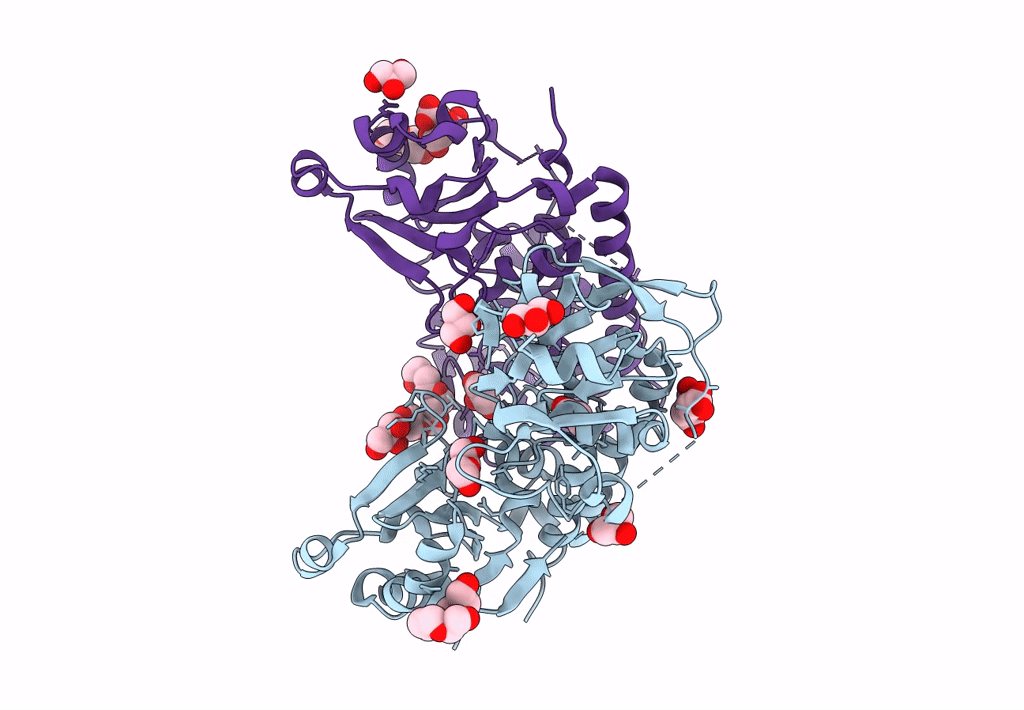
Deposition Date
2022-04-18
Release Date
2022-10-05
Last Version Date
2023-11-08
Entry Detail
PDB ID:
7UQ0
Keywords:
Title:
Putative periplasmic iron siderophore binding protein FecB (Rv3044) from Mycobacterium tuberculosis
Biological Source:
Source Organism:
Mycobacterium tuberculosis H37Rv (Taxon ID: 83332)
Host Organism:
Method Details:
Experimental Method:
Resolution:
2.00 Å
R-Value Free:
0.22
R-Value Work:
0.18
R-Value Observed:
0.19
Space Group:
C 1 2 1


